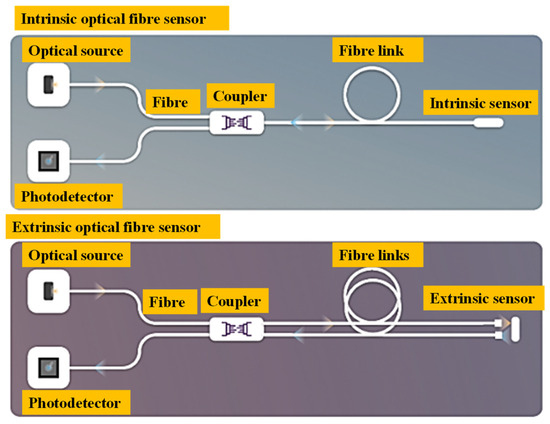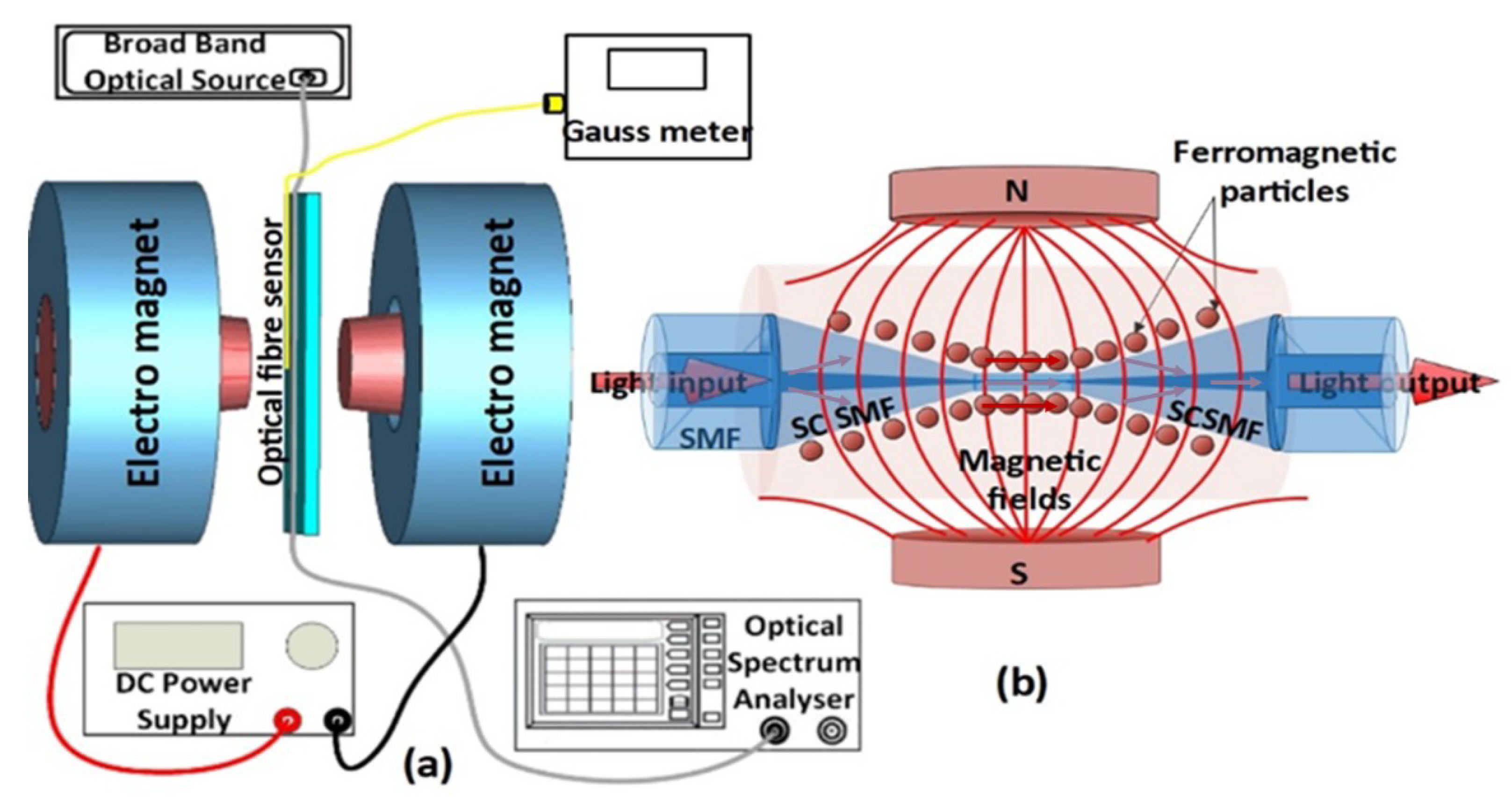Maximize Your Fiber Optic Efficiency: Understanding Optical Fibre Size Analyser Modern Technology
The performance of fibre optic systems is critically influenced by the precision of their size, a factor frequently forgot in the pursuit of optimum signal honesty. Recognizing the technology behind optical fiber diameter analysers discloses the intricate equilibrium in between dimension precision and production quality.
Value of Optical Fibre Diameter
The diameter of optical fiber plays an essential function in establishing the efficiency and performance of interaction systems. It affects numerous key criteria, consisting of the setting of light breeding, attenuation, and data transfer capability. Bigger diameters normally permit multiple light settings, helping with higher data transmission rates. On the other hand, smaller diameters often tend to support fewer modes, which can enhance signal clarity and decrease crosstalk.

Additionally, recognizing the size's ramifications can bring about set you back financial savings by decreasing the demand for signal boosting and repeaters in substantial networks (optical fibre diameter analyser). Finally, the significance of optical fiber diameter can not be overemphasized, as it directly influences the general efficiency and reliability of modern-day interaction systems

Just How Size Impacts Signal Quality
Signal top quality in optical fiber systems pivots substantially on the diameter of the fibre. A smaller diameter can lead to higher attenuation prices, resulting in signal loss as light journeys via the fiber.
On the other hand, bigger diameters usually enable for improved light capture and reduced modal diffusion, enhancing signal clearness. In multimode fibers, a larger core size can sustain numerous light settings, however it may additionally present intermodal dispersion, which can weaken signal top quality. Consequently, selecting the optimal fibre size is essential for attaining the preferred efficiency in certain applications.
Furthermore, the communication in between the fiber diameter and the wavelength of the light utilized plays an important role in identifying the efficient transmission range and general signal honesty. Recognizing how fibre size affects signal high quality is vital for network designers and designers aiming to maximize optical fibre systems for reliable, high-speed information transmission.
Introduction of Diameter Analyser Technology
In many optical fiber manufacturing processes, exact measurement of fiber diameter is necessary for guaranteeing consistent performance and high quality (optical fibre diameter analyser). Diameter analysers are innovative tools made to evaluate the physical measurements of optical fibers with high precision. They utilize advanced optical and laser modern technologies to measure the size, ovality, and concentricity of the fibre, therefore giving essential data for quality assurance
These analysers can operate in-line during the manufacturing process or as component of off-line testing procedures. In-line systems make it possible for real-time monitoring, enabling makers to adjust specifications right away, thereby keeping optimum production conditions. Off-line analysers, on the various other hand, give comprehensive examinations of sets, making certain that any variances from defined resistances are recognized and dealt with.
Diameter analysers substantially add to the reduction of problems in optical fibres, boosting total product integrity. By regularly measuring key parameters, these innovations assist in compliance with market standards and specifications. As the need for high-performance optical fibres remains to rise, the function of size analysers comes to be increasingly crucial in achieving the desired top quality and performance criteria in fiber optic systems.
Key Features of Fibre Diameter Analysers
Although different designs of fiber diameter analysers exist, they frequently share a number of essential features that enhance their capability and here integrity. One of the most considerable attributes is high-resolution measurement capabilities, which make sure exact diameter readings, essential for preserving quality assurance in fiber manufacturing. Additionally, many analysers include advanced optical sensing units created to find minute variants in fiber diameter, hence offering important information for process optimization.
Another important function is real-time monitoring, enabling drivers to get prompt feedback on fibre diameter throughout the production process (optical fibre diameter analyser). This capability assists in quick adjustments and reduces the chance of issues. Many analysers also click here to find out more come geared up with user-friendly interfaces, allowing operators to quickly navigate with data and setups outcomes
Moreover, durable data storage space and evaluation functionalities are important for tracking historic efficiency trends and ensuring compliance with market requirements. These functions collectively contribute to the effectiveness of fiber size analysers in maximizing fiber optic efficiency.
Ideal Practices for Fibre Optimization

First, routine calibration of optical fiber diameter analysers is essential. This guarantees exact measurements and lessens prospective inconsistencies that could impact performance. Next, preserving a clean functioning setting is crucial; dirt and contaminants can bring about signal deterioration.
Furthermore, it is necessary to select fibres that fulfill details application requirements. This involves reviewing aspects such as depletion, bandwidth, and environmental conditions. Proper installment strategies ought to additionally be complied with, consisting of avoiding sharp bends and excessive stress, which can endanger fibre honesty.
In addition, utilizing innovative monitoring systems can facilitate real-time performance analyses, making it possible for timely identification of issues. Normal screening and maintenance ought to be carried out to make sure that fibers stay within optimum functional criteria.
Finally, training workers on the most recent fiber optimization innovations and methodologies will boost their capability to execute effective techniques. By complying with these ideal techniques, companies can considerably enhance the performance and life-span of their optical fiber systems, making certain reliable interaction and data transfer.
Conclusion
In final thought, the integration of optical fibre size analyser modern technology is crucial for making best use of fibre optic performance. By guaranteeing specific dimensions of fiber measurements, these analysers dramatically enhance signal top quality and see this here reduce losses during information transmission.
Signal high quality in optical fiber systems hinges dramatically on the diameter of the fiber.In lots of optical fiber production procedures, accurate dimension of fibre diameter is crucial for making certain constant performance and quality. As the demand for high-performance optical fibers continues to climb, the role of size analysers becomes significantly essential in achieving the desired top quality and performance criteria in fibre optic systems.
These attributes jointly add to the efficiency of fiber diameter analysers in enhancing fibre optic performance.
In conclusion, the combination of optical fiber size analyser technology is essential for making best use of fiber optic efficiency.